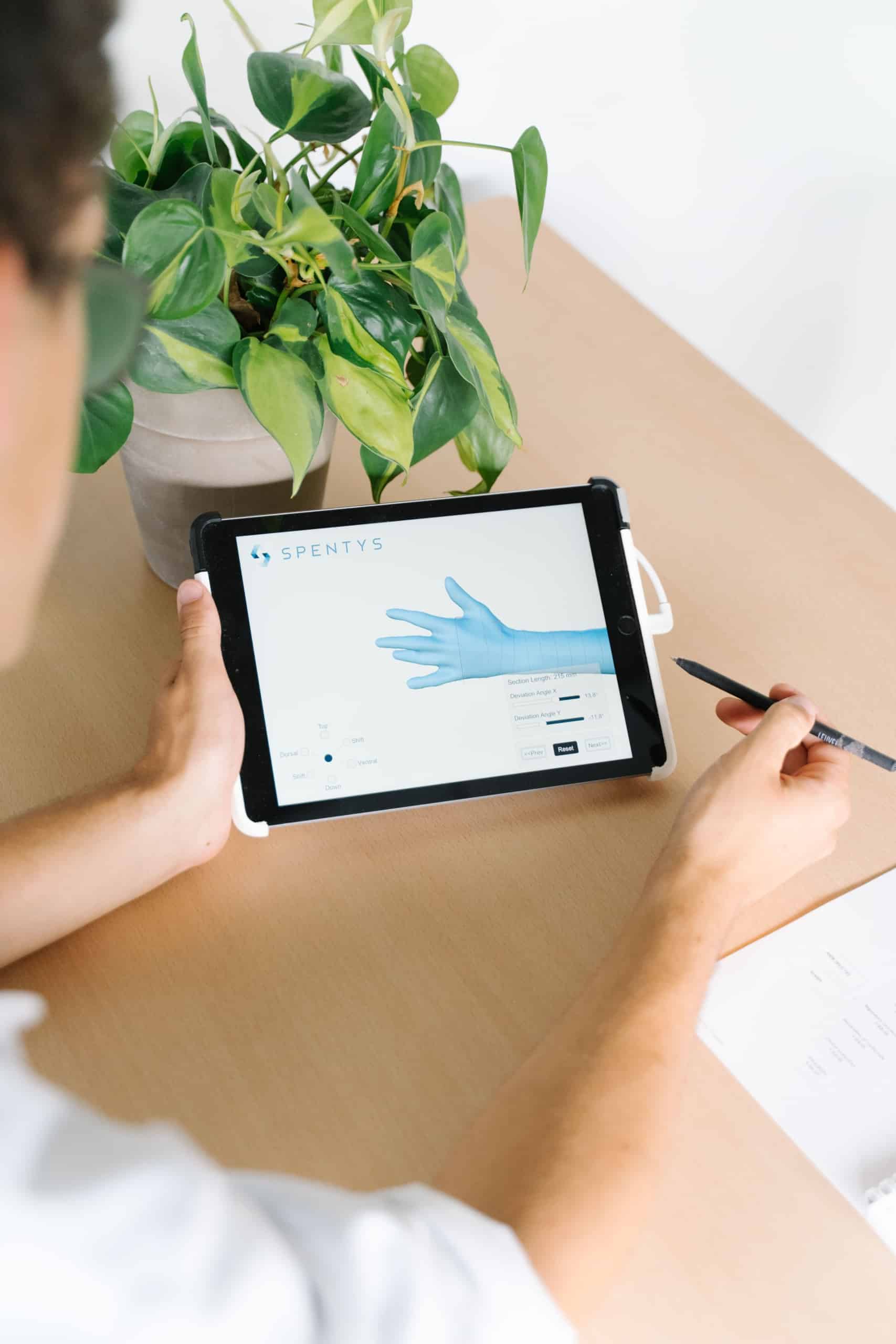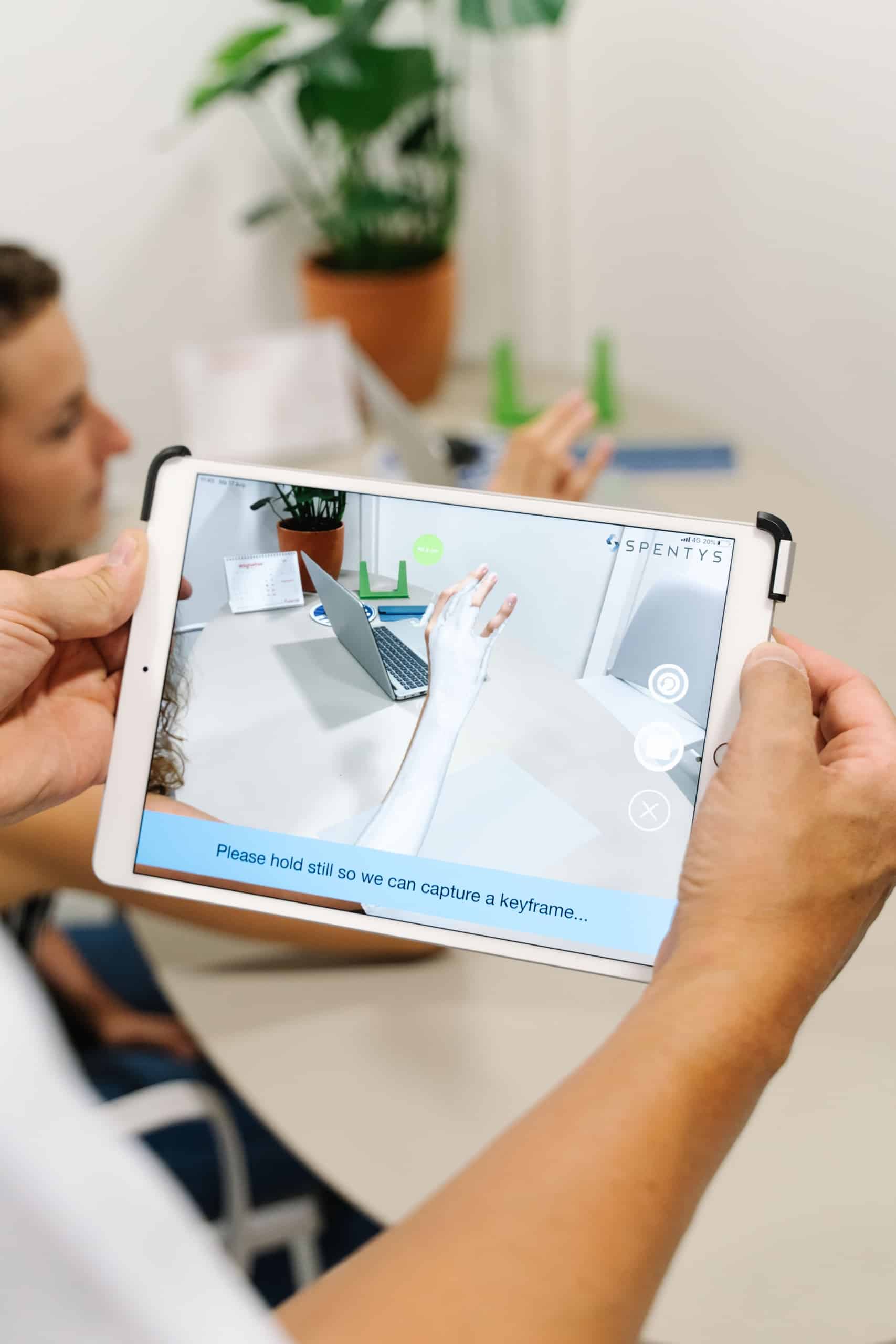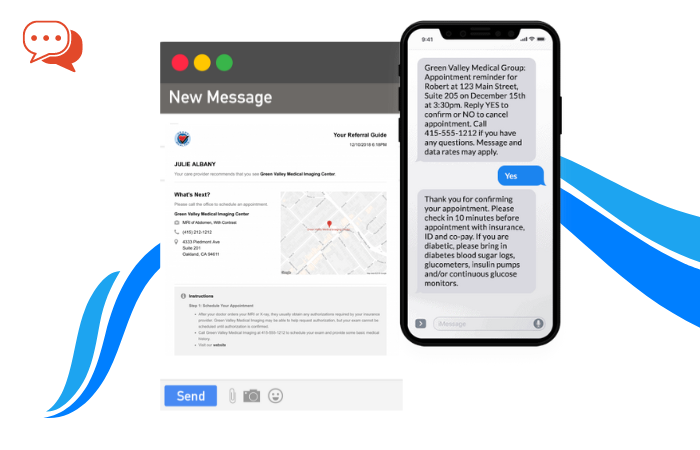There is no quantifying how much technology has contributed to the advancement of medicine.
Because of technology, we now have better patient access to health care and treatments for a wide range of medical conditions.
Over the years, the field of orthopedics has been getting its fair share of healthcare technology advancements that help immensely in the diagnosis, treatment, and aftercare of patients with musculoskeletal conditions.
Let’s take a look at some of the technology innovations that are transforming orthopedics.
Smart Orthopedic Implants
Orthopedic surgeons have long been using orthopedic implants to replace missing bones and joints. They’re also widely used to restore a damaged structure’s function. For the longest time, these were pretty much the only purpose of orthopedic implants.
Then smart orthopedic implants came along and opened up a whole new world for orthopedic specialists and patients alike.
Smart orthopedic implants provide more than just therapeutic benefits. They also give the diagnostic capabilities of doctors a boost, courtesy of the wireless sensors that go with the orthopedic implant itself.
With the wireless sensors in smart orthopedic implants, orthopedic doctors can now monitor not only the status of the implant itself but also the tissues surrounding it with astounding accuracy.
Most importantly, the monitoring capabilities of smart orthopedic implants have the potential to reduce health costs.
Robotic Surgery Platforms
Most orthopedic surgeries are inherently invasive procedures, but robotic surgeries are already making a difference in that regard.
So much has changed since the FDA approved Intuitive’s da Vinci Surgical System in 2000.
Now, with more than twenty years’ worth of advancements in robotic surgery systems, orthopedic surgeons have greater control and better vision, which allows them to perform procedures that are ultimately safer, less invasive, and more precise than ever before.
One such system is the Mako Robotic-Arm Assisted Surgery System, which is now being used for orthopedic surgical procedures such as total hip replacement and partial and total knee replacement.
Among other things, the Mako system helps orthopedic surgeons make surgical incisions within 2mm of the target area, allowing for more accurate placement of implants.
Other robot-assisted platforms that are making waves in orthopedics include:
- Zimmer Biomet’s ROSA ONE Spine
- Smith & Nephew’s NAVIO Surgical System
- Johnson & Johnson’s Ottava
- Medtronic’s Mazor X Stealth
Robot-assisted precision certainly improves the patient experience, as it reduces the risk of complications and pain after surgery and helps them recover more quickly.
3-D Imaging
Every orthopedic surgeon would need comprehensive orthopedic x-rays before taking any action.
Today, with the help of 3-D imaging technology, orthopedic specialists can get an even clearer view of things, the better to help them prepare for surgery.
Thanks to 3-D imaging’s capability to provide new angles, details, and resolutions, healthcare professionals have gained the ability to understand affected body parts better and more comprehensively that.
More advanced MRI and CT scanners can create 3-D medical images that show bones and blood vessels clearer and crisper detail.
More importantly, 3-D imaging technology also helps reduce radiation dosage for patients.
With advancements in 3-D imaging technology, orthopedic surgeons are in a position to provide much better treatment for patients suffering from musculoskeletal conditions.
Today, it’s hard to imagine for orthopedic doctors to plan and execute knee, hip, and spine surgeries without the aid of 3-D medical images.
3-D Printing Technology
The advent of 3-D printing technology has given us the ability to create just about everything we set our minds to, from musical instruments to actual cars and all from scratch.
While some users of 3-D printers focus on the fun aspect of it, modern medicine is finding more beneficial uses for the technology, and rightly so.
In the case of orthopedics, practitioners have been putting 3-D printing to good use in the creation of a wide range of orthopedic materials, including:
- Surgical equipment and instruments
- Bone models for preoperative planning
- Personalized braces and splints
- Biologics
- Orthopedic implants
With 3-D printing technology, orthopedic surgeons can cut operating times, save their energy, and lower costs. The 3-D implants themselves prove reliable in the long term, especially since 3-D printing technology allows orthopedic doctors to design more natural anatomical shapes.
Mobile Apps For Orthopedic Surgeons
No one will ever doubt that smartphone apps have become an integral part of our lives.
When you think about it, there seems to be an app for just about everything. One look at the Apple App Store and the Google Play Store, and you will likely think the same thing.
Smartphone apps have also become crucial to medical training and practice in a hospital and clinical setting.
Doctors, nurses, and other medical professionals are no strangers to using healthcare IT.
For orthopedic doctors, the use of smartphone apps has become par for the course.
Some of the apps they use are angular measurement tools, which take advantage of the high accuracy that some mobile device’s accelerometers and gyroscopes provide.
Others use apps as imaging viewing tools, which allow them to provide more efficient patient care even when they’re in a remote setting or unavailable.
Then there are mobile apps for orthopedic doctors that provide them access to medical studies, wherever they may be.
Some apps even act as a medical literature aggregator, collecting journals and news about recent orthopedic developments and putting them all in an easy-to-read format at your fingertips.
Some orthopedic doctors use apps designed for referral management, making it easier for them to track patient referrals, minimize errors, and streamline the entire patient referral process.
Conclusion
These are just some of the technological advancements impacting the orthopedic industry in a huge (and good) way.
With these innovations that they are currently using, orthopedic doctors now have in their hands a wealth of tools that will enable them to provide hassle-free treatments and surgical procedures for their patients.
Considering how much the orthopedic field is benefitting from these technological gifts today, we can only imagine the further good that technology will provide doctors and patients alike in the future. After all, there’s no other way for technology but up, which bodes well for the industry and everyone in general.













